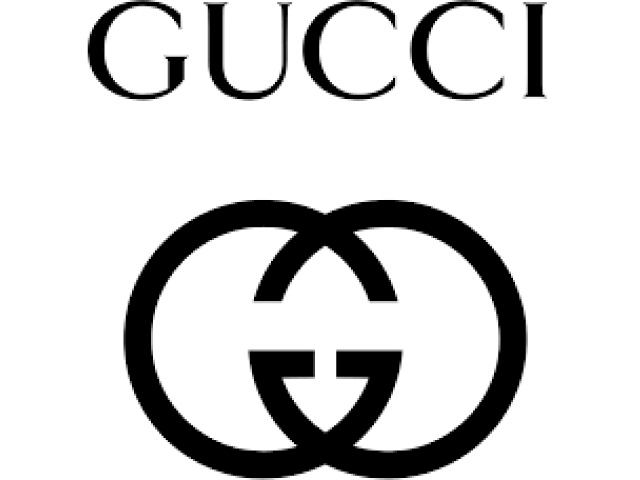Gucci: the key figures
In 2023, Gucci recorded a turnover of 9.87 billion euros. Gucci is part of the Kering group, which owns several brands, but alone represents more than 50% of sales.
The brand is present in more than 50 countries, and has about 530 stores.
The most successful clientele is generation Z, which generates 60% of sales. This generation is increasingly interested in the luxury sector; a sector that has evolved a lot in recent years.
The marketing of the Gucci group: the main points
Among the main strategic objectives of the brand, Gucci, which is subject to very strong competition, wants to create a strong identity brand, with values in multiple areas, to differentiate itself as effectively as possible from its competitors. The goal is to offer an experience rooted in Italian culture and integrate digital technology.
Gucci cultivates the rarity of its products, to continue to convey an image of luxury products, and a high-end positioning. Today, there is a strong development of mass prestige, which should not be confused with "real" luxury, but which remains in the trends of the moment. Gucci strengthens the customer experience over time, to increase customer satisfaction over the long term. This experience is both taken into consideration online but of course also in physical stores
Gucci's marketing mix
Product policy
Gucci sells different types of products; the offer is quite diversified. The products sold are therefore bags, accessories such as belts and wallets.
There are also shoes, ready-to-wear for the whole family, which consider new trends, in order to best adapt to demand, which is constantly evolving, especially in the streetwear sector, very popular among the youngest.
Other accessories such as glasses, watches, scarves, jewelry or hats are offered, not to mention a complete range of beauty products and perfumes.
Gucci makes it a point of honor to bring novelty to its ranges, to maintain its competitiveness. Every season, new creations are born in the ranges. Until 2022, designer Alessandro Michele was incredibly successful in mixing eras, genres, and patterns, creating unique models that were easily recognizable and brought obvious dynamism to the brand.
Like many luxury companies, rare products generate a very high demand. Gucci develops a marketing strategy based on this scarcity, so that consumers and regular customers absolutely want to obtain this or that product considered exceptional because it is rare.
In addition, the customer experience also stands out through increased personalization of products and services, with services like Gucci DIY, where buyers can customize their products, patterns, fabrics, etc.
Regularly, the group creates partnerships with other brands, such as Nike or The North Face, which allows it to gain notoriety and seduce a sports clientele, ensuring the brand a real dynamism.
Price policy
Gucci is adapting to the luxury market, allowing it to position its pricing policy according to the market, of course, but also according to its competitors.
Of course, the positioning remains high, these are rare, prestigious products, with high quality materials from Italian craftsmanship, renowned throughout the world.
Thus, bags are in a price range between 2000 and 4000 euros, shoes between 750 and more than 3000 euros for some models, and cashmere is around 1000 euros.
Like many brands, Gucci plays on psychological price thresholds, 995 instead of 1000 etc...
Gucci is positioned in the world of luxury inaccessible to all, its buyers must maintain this impression of permanent exclusivity. Little by little, they entered the market of cheaper products, to target a younger clientele.
Place policy : distribution
Gucci is located on a selective, personalized distribution so that each customer feels unique. Distribution is controlled because the brand's awareness is at stall. As we said above, Gucci has more than 500 physical points of sale, usually located in the capitals. The decor is luxurious, personalized. On the sites, virtual fitting is present, in order to further refine the choice of candidates, and save them time by all means. The products are only sold in luxury shops.
People policy : communication
The brand's communication is very strong. It is based on several media, such as social networks, which have now become essential for all brands. Advertisements and virtual campaigns are based on original, artistic proposals with visuals that can be provocative, aiming to strengthen the identity of the brand. The models that are in vogue are unconventional, precisely to emphasize diversity. On the networks, the stories are updated regularly, the content is immersive, the objective is to immerse the Internet user in the universe of the brand, to make the products essential.
The brand uses influencers, such as Jared Leto, to convey the company's values. Influencers come from different universes.
Over the years, Gucci has created a few events, in very unexpected places, such as cemeteries in particular.
Finally, communication is also based on ecological values, which has become the norm for many brands. Gucci Equilibrium deals with the sustainability of products, the transparencies applied in all manufacturing chains. The brand is also present and involved at the social level, with gender equality and the fight against racism.
Conclusion
The marketing mix of the Gucci brand shows the positioning of the brand in the world of luxury, with an adaptation to a new type of clientele, younger, and therefore more focused on the digital world. Gucci is a world-renowned Italian brand, thanks to its offbeat, original image focused on ecological values and the strength of the customer experience.
It is a question of maintaining, within its marketing strategy, the balance between luxury, personalization, and creative innovation. The objective is to strengthen the brand identity and retain customers from all over the world.
https://www.g-co.agency/insights/gucci-advertising-strategy-case-study
https://www.businessmodelsinc.com/en/inspiration/blogs/the-business-model-of-gucci










